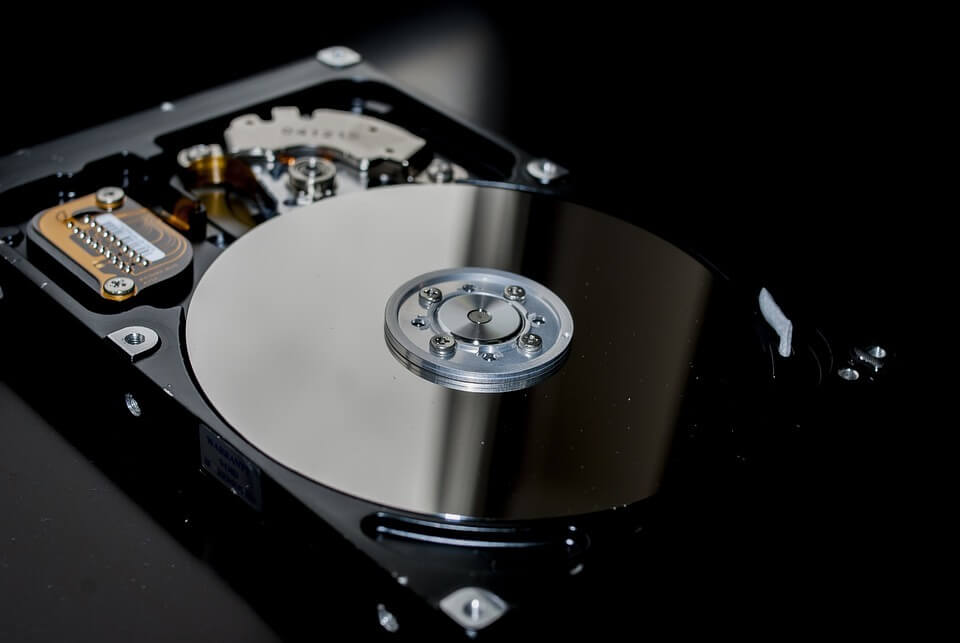Implementing Best Practices for Computer Technology in Your Small Business
Small businesses without their own internal IT department face unique challenges to maximizing their investment in computer technology. Implementing best practices will help keep your employees productive and limit downtime when technology problems arise.
If there is one word to remember when it comes to maximizing uptime, it’s redundancy. Redundant systems or layering technology will prevent major outages of your computer network. As with most cases, prevention is much less expensive in the long run than fixing a problem.

Get regular computer & network check-ups
Make sure someone is checking the general status of your computers and network ideally at least every 30 days. This allows your IT service provider to check for things that can often get overlooked like:
- Is your computer outdated?
- Have backups been running regularly?
- Are Microsoft Updates running?
- Are updates to other products (Adobe, Java, anti-virus, etc) being installed?
- Are there any security issues that need to be resolved?
You should get a formal written report about the status of your network at least once per year.
Purchase business class computer systems
- Business class machines come with a professional version of the Microsoft Operating System rather than a home edition. Currently new business class computers come with Windows 10 or Windows 11 Professional rather than Windows 10 or 11 Home. Computers with the home edition of Windows are not the ideal choice for your business. Upgrading from a home edition of Windows to a professional edition will a cost minimum of $200 for the software and either a couple of hours of lost productivity or paid labor by an IT professional. A professional operating system has a few key features that are important in a business:
- Domain Join – The ability to join a domain which is important if your business has a true server with a server operating system such as Microsoft Windows Small Business Server or Microsoft Windows Server. The benefits of a domain are a separate topic.
- Hard drive encryption – You can protect the data on your hard drive if you computer is ever stolen. The data on the drive is inaccessible without the encryption key.
- Most business class desktop computers have a 3-year manufacturer warranty rather than a 1 year warranty. When a part fails on a business class desktop, the manufacturer will either ship replacement parts to you or send a technician to replace the part, often within a few business days. Consumer class computers often have to be shipped back to the manufacturer for repair which can mean several weeks without the computer. In addition, the consumer often is responsible for paying the shipping expense to send the computer to the manufacturer.
Another important factor in simplifying your computer network and support is to purchase all your systems from the same Manufacturer. This will streamline the process of getting support when there is a hardware problem. Sticking with a major manufacture such as Dell, HP, or Lenovo with easy access to support is highly recommended. With smaller or lesser known manufacturers, it may be more difficult to get support during non-business hours or replacement parts may be shipping from other regions and you’ll be required to pay any expedited shipping charges.



Have a tiered backup plan
 Ideally it is best to have 2 forms of data backup, in addition to the original data. At least one form should be off-site. In most circumstances we recommend online backup. It is typically the easiest solution for the end user since it can be automated, runs daily, can backup multiple computers, and can be configured to send email notifications at the completion of all backup jobs.
Ideally it is best to have 2 forms of data backup, in addition to the original data. At least one form should be off-site. In most circumstances we recommend online backup. It is typically the easiest solution for the end user since it can be automated, runs daily, can backup multiple computers, and can be configured to send email notifications at the completion of all backup jobs.
When deciding on a backup solution you must consider the amount of downtime that is acceptable should you have a major issue such as a server outage. If your business will lose thousands of dollars per hour in the event of a computer emergency, a higher level of backup protection is needed. There are backup solutions that can have a failed server up and running within 30 minutes of the failure but they are more expensive than common backup solutions.
Your other form of backup can be to a local device such as a NAS, or Network Attached Storage, device or external hard drives.
Keep spare computers
Delegate one employee to be the internal IT Administrator
Be sure to have a backup administrator that is available when your primary internal IT administrator is on vacation or out sick.
Create an IT Administration forwarding e-mail
 The person at your company that is responsible for taking care of IT issues, whether the owner or an employee will have a lot of information to keep track of. Even in a relatively simple environment they may be creating online accounts with an Internet Service Provider, web hosting company, an online backup company, software vendors, and other technology-related vendors. Some e-mails will require immediate response while others are simply informational. Create an IT administration e-mail forwarding account so that those e-mails can be sent to more than one person. By using this account for anything IT related, you can include the business owner, the company designated IT Administrator, the backup IT Administrator, your IT service provider(s), your web-site designer, the company’s billing contact, and anyone else that will understand and know what to do with the e-mail. It also means that the critical e-mail that requires an immediate response won’t be missed when someone’s on vacation or chooses to ignore it because they don’t know what it is.
The person at your company that is responsible for taking care of IT issues, whether the owner or an employee will have a lot of information to keep track of. Even in a relatively simple environment they may be creating online accounts with an Internet Service Provider, web hosting company, an online backup company, software vendors, and other technology-related vendors. Some e-mails will require immediate response while others are simply informational. Create an IT administration e-mail forwarding account so that those e-mails can be sent to more than one person. By using this account for anything IT related, you can include the business owner, the company designated IT Administrator, the backup IT Administrator, your IT service provider(s), your web-site designer, the company’s billing contact, and anyone else that will understand and know what to do with the e-mail. It also means that the critical e-mail that requires an immediate response won’t be missed when someone’s on vacation or chooses to ignore it because they don’t know what it is.
Implement a password policy
 It is highly recommend that you require your employees to use strong passwords to protect their computers. Even if you are a small company and all employees have access to the same information, there are things that need to be properly secured and accessible only by owners and managers. Owners and managers should have access to all important passwords. It’s highly recommended to change high level passwords when any employee with knowledge of those passwords leaves the company. A password manager is the best tool you can us to keep track of and share passwords securely.
It is highly recommend that you require your employees to use strong passwords to protect their computers. Even if you are a small company and all employees have access to the same information, there are things that need to be properly secured and accessible only by owners and managers. Owners and managers should have access to all important passwords. It’s highly recommended to change high level passwords when any employee with knowledge of those passwords leaves the company. A password manager is the best tool you can us to keep track of and share passwords securely.
Security and Acceptable Use Policy
All business should also have an Acceptable Use Policy for all company owned equipment. This policy educates employees on how company computers and technology is to be used. It may also prohibit the use of personal devices to access company data and systems. It is commonly included in Employee Handbooks and should be reviewed and approved by all key departments such as HR, Legal, and management teams.
Implement security for your network in tiers
Create a basic disaster recovery plan
Make sure all your IT related service providers work as a team
 Most IT services are interconnected. It’s very important to keep all your service providers aware of changes that are being made in any technology area. A small change in one area can have a costly affect on another technology that is critical to your business. Make sure your providers work well with your IT Administrator and each other. These providers include your IT service provider(s), web-site designer, and third party software vendors(s). Take advantage of the IT administration e-mail forwarding account to keep everyone in the loop.
Most IT services are interconnected. It’s very important to keep all your service providers aware of changes that are being made in any technology area. A small change in one area can have a costly affect on another technology that is critical to your business. Make sure your providers work well with your IT Administrator and each other. These providers include your IT service provider(s), web-site designer, and third party software vendors(s). Take advantage of the IT administration e-mail forwarding account to keep everyone in the loop.
